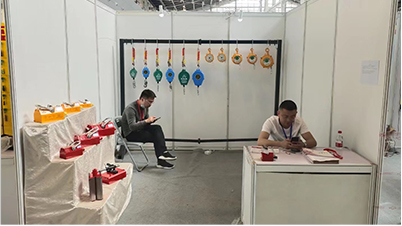Efficient Strategies for Machinery Relocation in Industrial Settings and Their Impact on Operations
Machinery Relocation Navigating the Challenges and Solutions
Relocating machinery is a significant undertaking that many businesses face, especially in industries like manufacturing, construction, and energy. This process involves not only the physical movement of equipment but also intricate planning, risk assessment, and strategic execution to ensure minimal disruption to ongoing operations. Machinery relocation can stem from various reasons upgrading facilities, merging operations, or even scaling down. Regardless of the motivation, effective machinery relocation is critical to maintaining productivity, safety, and financial stability.
One of the primary challenges in machinery relocation is the sheer complexity of the task. Industrial equipment often consists of large, heavy, and sensitive components that require specialized handling. The first step in any relocation project is conducting a thorough inventory of the machinery to be moved. Each piece of equipment should be assessed for its dimensions, weight, and operational requirements. This inventory will help determine the logistics of the move, including transportation methods, required tools, and personnel.
Planning is essential when it comes to machinery relocation. A well-structured plan should outline each step of the process, from disassembly and packing to transport and reinstallation. It's vital to create a timeline that considers production schedules to minimize downtime. Engaging a professional machinery moving company can often help streamline this process, as they possess the expertise and resources necessary to handle heavy machinery safely and efficiently.
Safety is another major concern during machinery relocation. The potential for accidents increases when moving large equipment, so it's imperative that all safety protocols are adhered to. This includes ensuring that all personnel involved are trained and equipped with the necessary safety gear. Additionally, proper rigging techniques must be employed to prevent damage to both the machinery and the workers involved in the move.
machinery relocation

Once the machinery has reached its new location, reinstallation is critical. This phase must be meticulously executed to ensure that all equipment is correctly set up and calibrated. Many modern machines have specific environmental and operational requirements, so it’s important to adhere to the manufacturer’s guidelines during reinstallation. Failure to do so could lead to equipment malfunction and costly repairs down the line.
Communication plays a vital role throughout the relocation process. All stakeholders, from management to the operational staff, should be kept in the loop about the relocation timeline and any changes that may arise. Involving employees early in the process can facilitate a smoother transition, as they may have valuable insights into potential challenges and solutions based on their on-the-ground experience.
Furthermore, after the machinery has been relocated, it is essential to conduct thorough testing and validation to ensure that everything is functioning as intended. This step allows businesses to address any issues before they escalate, helping to safeguard the organization’s operational efficiency.
In conclusion, machinery relocation is a complex endeavor that requires careful planning, skilled execution, and ongoing communication. While the challenges are manifold, the potential benefits—including increased efficiency, improved workflow, and enhanced operational capabilities—make it a worthwhile investment for many businesses. By prioritizing safety, involving knowledgeable professionals, and maintaining clear communication, organizations can successfully navigate the intricacies of machinery relocation, paving the way for future growth and success.
-
The Ultimate Guide to Heavy Machinery Moving EquipmentNewsAug.04,2025
-
The Evolution of Large Equipment MoversNewsAug.04,2025
-
Maximizing Efficiency with PML Magnetic Lifters in Industrial OperationsNewsAug.04,2025
-
Choosing the Best Small Gantry CraneNewsAug.04,2025
-
Innovations in Permanent Lifting Magnet TechnologyNewsAug.04,2025
-
How to Maintain Your Adjustable Gantry Crane for LongevityNewsAug.04,2025
-
PML 6 Lifting Magnet Troubleshooting GuideNewsJul.25,2025
